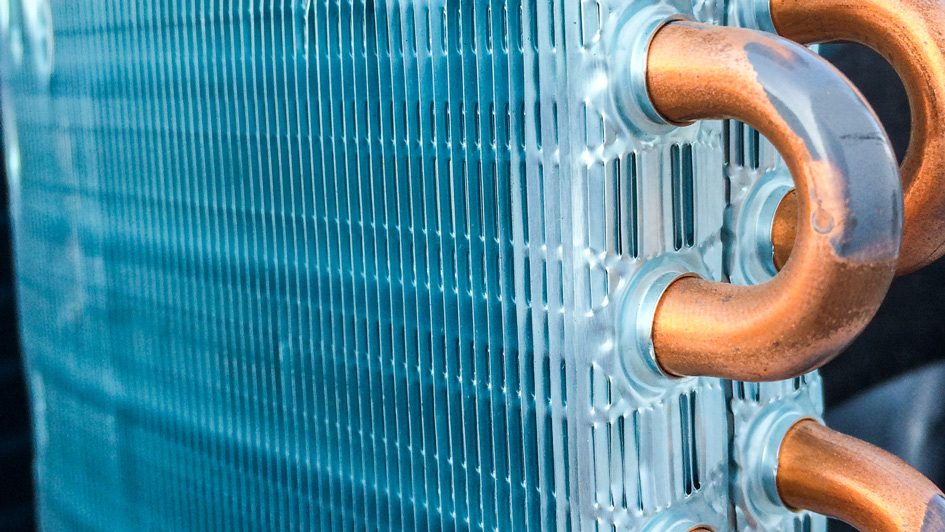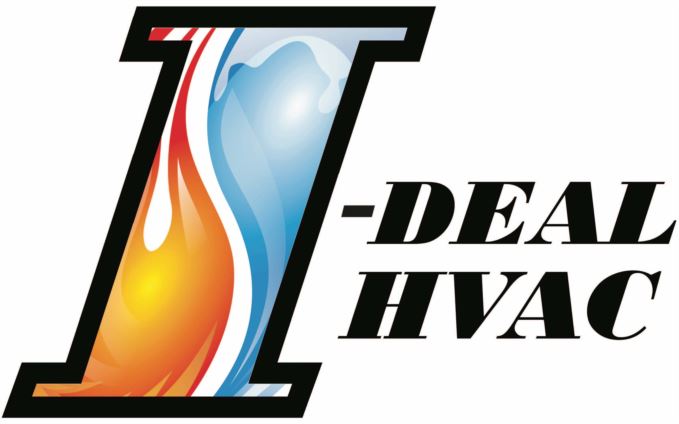
A furnace is often a background player for your home, helping keep you warm during the cold winter months. It frequently isn't noticed until something breaks down.
One source might be that your furnace has a cracked heat exchanger. It can be a safety risk, so it’s critical to know the symptoms of a cracked heat exchanger and what to do if you are worried that might be the problem.
What Is a Heat Exchanger in a Furnace?
A heat exchanger helps move heat from the combustion chamber inside your furnace to the air that flows throughout the air ducts. It generally accomplishes this with coils or tubes that heat the air while serving as a barrier to keep the gasses formed in the combustion chamber, called flue gasses, from leaking out into your home.
Is a Cracked Heat Exchanger Dangerous?
Given its central role, it isn't surprising that a cracked heat exchanger can be very dangerous. A crack in the heat exchanger can allow dangerous gasses – like carbon monoxide, which can be lethal – to circulate through your home.
For this reason, never turn on your heater if you suspect there's a crack in the heat exchanger, as letting it run could make the whole household ill. Reach out to an HVAC professional right away if you are worried your heating has a cracked heat exchanger that needs repair.
Four Warning Signs of a Cracked Heat Exchanger:
- Furnace shuts off: Cracks in the heat exchanger can cause your furnace to turn off.
- Unusual Smells: If the air coming out of your furnace has an intense chemical smell, it could be evidence gasses are seeping through cracks in your heat exchanger. These byproducts, which will often smell like formaldehyde, are a common warning sign.
- Carbon monoxide alarm goes off or you recognize poisoning symptoms: If a cracked heat exchanger is emitting carbon monoxide inside your home, your carbon monoxide alarm may go off or family members could struggle with signs of carbon monoxide poisoning. Side effects include headaches, dizziness, weakness, nausea, vomiting or feeling tired. If an alarm goes off or you feel unwell, leave the home right away and then call for help.
- Soot: If you spot black sooty collecting on the exterior of your furnace, it’s more evidence something could be seriously wrong.
What to Do if Your Furnace Heat Exchanger is Cracked
If you worry your furnace has a cracked heat exchanger, hire a professional well versed in furnace installation Albuquerque right away so they can inspect your system and, if required, perform a furnace heat exchanger replacement. Costs will vary depending on the situation, but estimates can roughly suggest $1,000 to $3,000.
Estimates aside, the good news is that heat exchangers are regularly included in the warranty. It's a good idea to review the warranty paperwork on your furnace, as while the warranty won't always cover the entire cost of repairs, it could significantly reduce your bill.
How to Avoid a Cracked Heat Exchanger in Your Home
One of the best ways to minimize the risk of problems in your furnace overall is with routine furnace maintenance. Furnaces offer the most benefits when they operate efficiently. Contacting a trained professional to check your furnace for worn-out parts, dirty filters and other potential problems can help you avoid getting a big bill later on.
It’s also beneficial to review your furnace filters every few months – it’s recommended some filters be changed every 90 days or sooner if they are dirty or grimy. While the filters are not part of the heat exchanger itself, the strain of drawing air through a clogged filter makes the entire furnace work harder to accomplish its job. And the harder your furnace works, the more strain components like the heat exchanger will sustain.
